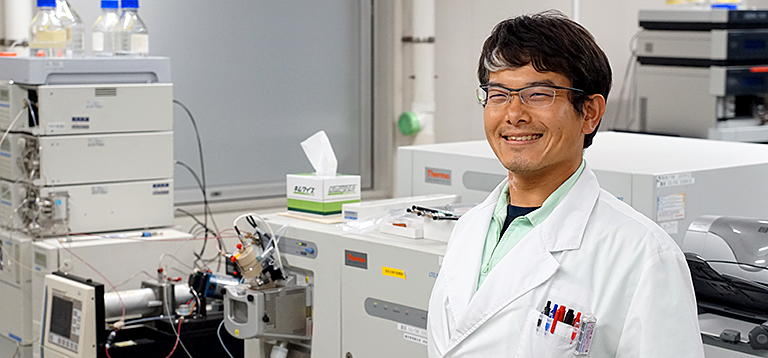
Animal Mass Balance Studies for Preclinical Drug Development
In vivo mass balance studies are an important element of nonclinical drug development, to inform first in-human (FIH) studies and to uncover pieces of the pharmacokinetic (PK profile of a drug. Elucidating PK properties can help bridge activity and toxicity data to paint a full picture of a drug’s behavior in patient populations. Radiolabeled mass balance excretion studies in rodent or non-rodent toxicologically relevant species represent a standard part of the development process for drugs prior to clinical trials.
Mass balance data can demonstrate primary mechanisms of elimination and excretion from the body and proportion of parent drug converted to metabolite, shedding light on clearance mechanisms of a drug and its metabolites. Typical animal mass balance (excretion) studies measure excretion of radiolabeled parent compound and metabolites in urine, feces, and expired air, and if necessary can measure residual radioactivity in the carcass. Biliary excretion can also be measured in cases where more than 20% of radioactivity is seen in feces after oral dosing.
While clinical mass balance studies in humans provide the best predictive data for effect on patient populations, animal mass balance data is a necessary step in preliminary risk assessment and study design planning before administration to human volunteers. Regulatory agencies require both animal mass balance and QWBA data for dosimetry calculations to determine appropriate radiolabeled dose in human absorption, metabolism, and excretion (hAME) studies in Phase I clinical trials.

Mass Balance Data Provides Critical Human AME Calculation Inputs
Mass balance data informs the total fate of drug-related material and is one of our standard in vivo ADME offerings performed by our network of partners. Our partners in Japan, the Drug Development Solutions Center, has accumulated over 50 years’ experience performing radiolabeled (RI) experimentation, synthesis, and purity checks for pharmaceutical companies as the leading in vivo ADME CRO in Japan. The facilities are AAALAC-accredited to meet compliance with ethical requirements upheld by FDA, EMA, and PMDA for all animal studies, radiolabeled compound synthesis and related in vivo ADME capabilities.
Capabilities of animal species, radionuclides, and routes of administration are outlined below:
| ROUTES OF ADMINISTRATION | RADIONUCLIDES | ANIMAL SPECIES |
|---|---|---|
| Oral Intravenous (administration or infusion) Percutaneous Subcutaneous Intramuscular Intracheal Opthalmic Colorectal Intraduodenal Nasal Intraocular Sublingual Intrauterine Intracerebral Intravesical Knee Joint |
14C 3H 125I 33P 35S 51Cr 111In 55,59Fe 65Zn 75Se 90Y 153Gd |
Rats Mouse (including chimeric with humanized liver) Rabbit Dog Monkeys Miniature pig Animal models of human disease (knockout models) |
Standard Mass Balance Study Elements
- Measurement of radioactivity in urine and feces and residual radioactivity in carcass 168 hours post-dose
- Liquid scintillation counter (LSC) analysis of each sample for radioactivity quantification
- Additional bile duct cannulation (BDC) can be performed in tandem with mass balance to determine biliary excretion
- Remaining urine and feces conserved for Metabolite Identification
Related Content:
Access ADME™ is a growing repository for scientific resources organized by topic; find related scientific content covering in vivo ADME and pharmacokinetics on the In Vivo / Radiolabeling page.

